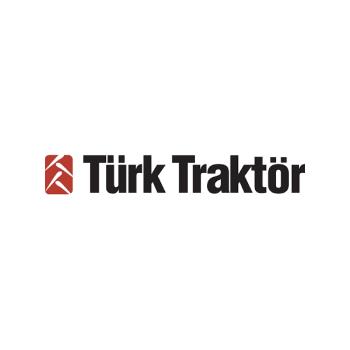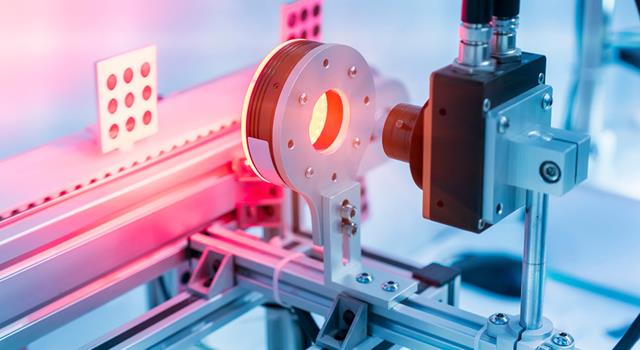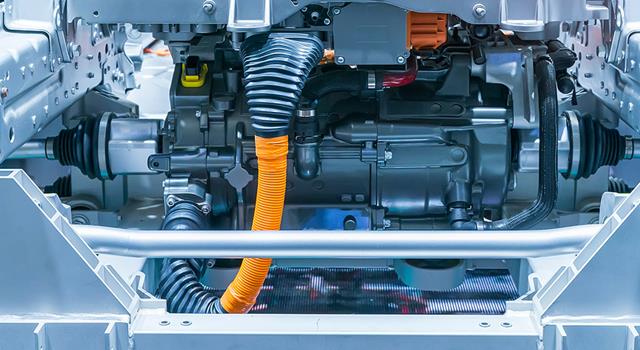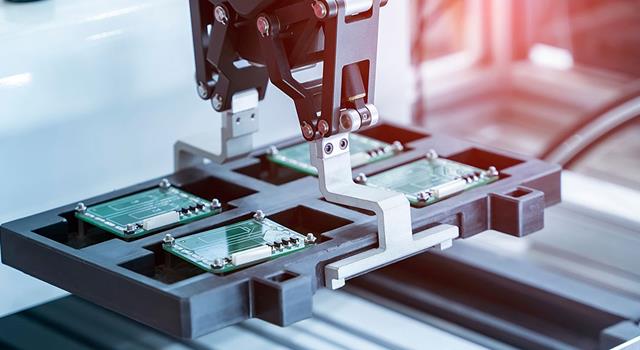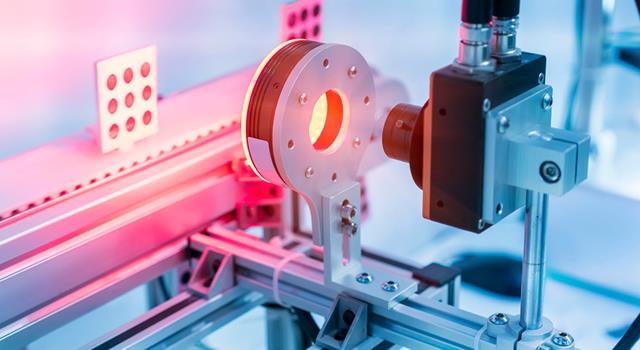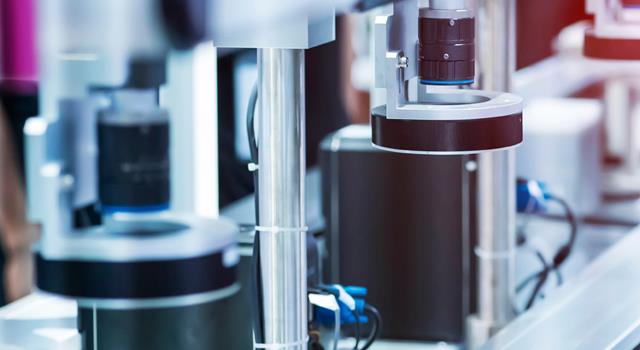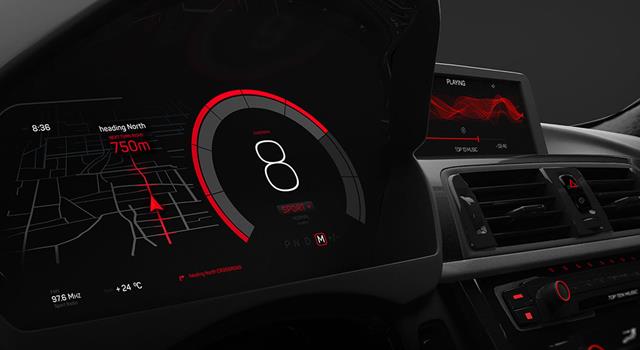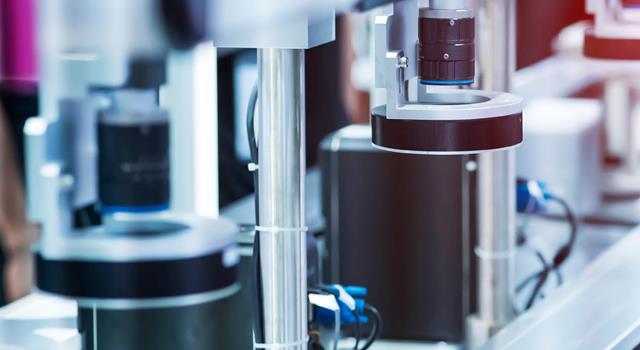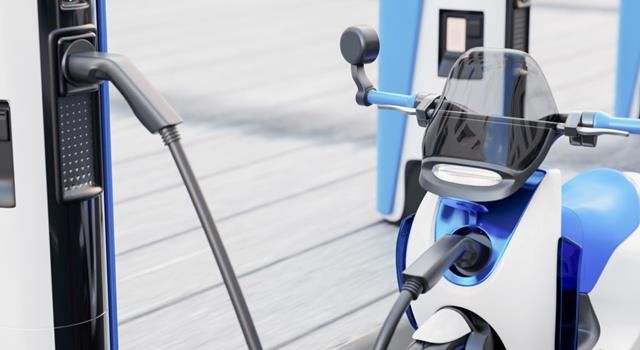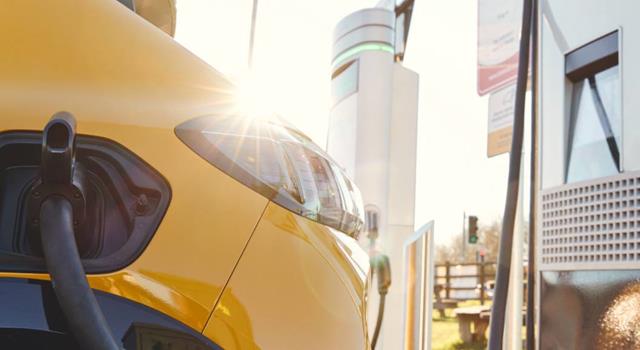Speed sensors have come a long way in the past few decades. These essential devices are used in a wide range of applications, from automobiles and industrial machinery to consumer electronics and medical devices. As technology advances, we are witnessing some exciting new trends that are shaping the future of motion detection. In this blog post, we will explore some of the most notable emerging technology trends in the world of speed sensors.
- Miniaturization and Integration:
As devices become smaller and more compact, so too must the components that enable their functionality. This has led to a growing trend of miniaturized speed sensors that can be seamlessly integrated into a wide range of devices. Smaller, more efficient sensors are allowing manufacturers to design lighter and more streamlined products without sacrificing performance.
- Increased Sensitivity and Precision:
In many industries, there is an increasing demand for more precise and sensitive speed sensors. In response, researchers are developing advanced technologies that can deliver greater accuracy and speed detection capabilities. These improvements will not only enhance existing applications but also open up new possibilities in fields such as robotics, aerospace, and biotechnology.
- Wireless and IoT Connectivity:
As the Internet of Things (IoT) continues to expand, speed sensors are becoming more interconnected than ever before. Wireless connectivity is becoming the norm, enabling devices to communicate and share data in real-time. This trend allows for more sophisticated data analysis, remote monitoring, and predictive maintenance, ultimately leading to improved performance and efficiency across various industries.
- Artificial Intelligence and Machine Learning:
Artificial intelligence (AI) and machine learning are revolutionizing the way speed sensors function. By incorporating these technologies, sensors can analyze and interpret data in real-time, enabling devices to make intelligent decisions and adapt to changing conditions. This trend holds enormous potential for applications in industries such as automotive, where self-driving cars will rely on highly accurate speed sensors to navigate safely and efficiently.
- Energy Harvesting and Self-Powered Sensors:
As the world becomes more conscious of energy consumption, there is a growing demand for self-powered devices. Speed sensors that can harvest energy from their environment, such as through vibration or temperature changes, are becoming an attractive option for many industries. These self-powered sensors have the potential to greatly reduce energy costs and the environmental impact of device operation.
The world of speed sensors is rapidly evolving, driven by innovative new technologies and the demand for better performance in various applications. The trends discussed in this blog post highlight some of the most promising developments in the field, from miniaturization and improved precision to AI-driven capabilities and self-powered devices. As these trends continue to advance, we can expect to see even more exciting innovations that will shape the future of motion detection technology.
Similar Posts
